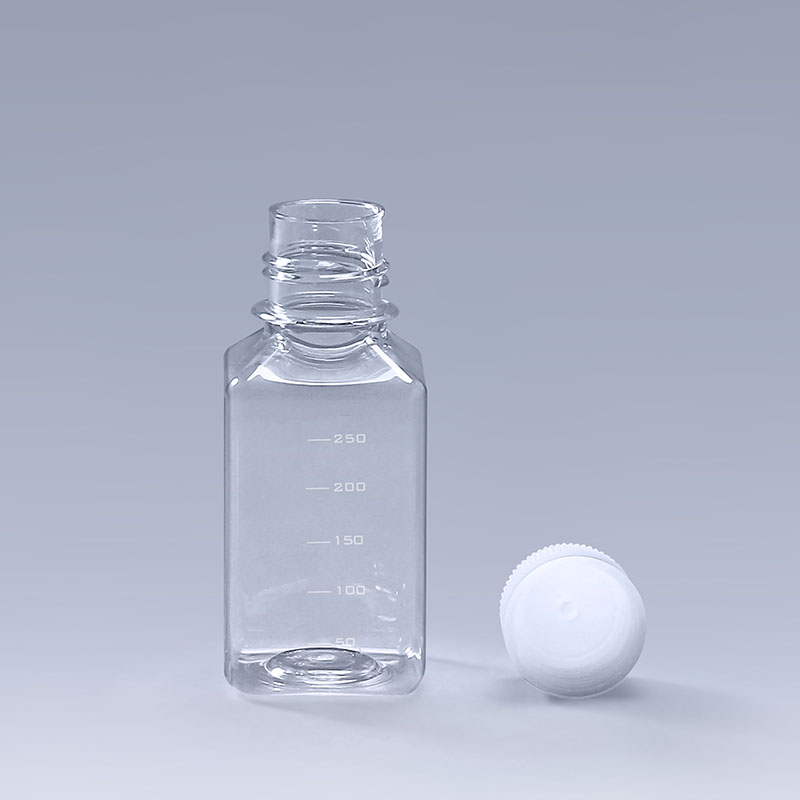In the laboratory, serum bottles are essential storage containers widely used for preserving solutions such as serum, culture media, and reagents. However, when faced with two common materials, PET and PETG, how do we make a wise choice? This article will provide a detailed analysis of the characteristics of these two materials to help make appropriate choices in experiments. PET Serum Bottles: Polyethylene terephthalate (PET) is a common plastic material known for its high transparency, good corrosion resistance, and high mechanical strength. It is typically suitable for general storage needs, especially in experiments requiring high transparency and chemical stability.

PETG Serum Bottles: Polyethylene terephthalate glycol (PETG) is an improved version of PET. Compared to PET, PETG serum bottles have enhanced transparency, chemical resistance, and impact resistance. They are more suitable for experiments requiring higher biocompatibility and chemical stability, such as cell culture and bioprocessing. How to Choose: Experiment Requirements: Choose according to the specific conditions required by the experiment. If the experiment has relatively general material requirements, PET serum bottles are a cost-effective choice. If higher biocompatibility and corrosion resistance are needed, consider using PETG serum bottles. Transparency Requirements: If the experiment requires high transparency of the solution inside the container, PET serum bottles may be more suitable. Chemical Properties: Consider the chemical properties of the experimental solution. If higher chemical stability and biocompatibility are required, choose PETG material. Understanding the characteristics of PET and PETG, combined with the requirements of the experiment, will help make appropriate choices, thereby improving experimental effectiveness and safety. By selecting the right serum bottles, laboratory work becomes more efficient and reliable.
The FAI climbed 5.9 percent year-on-year in the first 11 months of 2018, quickening from the 5.7-percent growth in Jan-Oct, the National Bureau of Statistics (NBS) said Friday in an online statement.
The key indicator of investment, dubbed a major growth driver, hit the bottom in August and has since started to rebound steadily.
In the face of emerging economic challenges home and abroad, China has stepped up efforts to stabilize investment, in particular rolling out measures to motivate private investors and channel funds into infrastructure.
Friday's data showed private investment, accounting for more than 60 percent of the total FAI, expanded by a brisk 8.7 percent.
NBS spokesperson Mao Shengyong said funds into weak economic links registered rapid increases as investment in environmental protection and agriculture jumped 42 percent and 12.5 percent respectively, much faster than the average.
In breakdown, investment in high-tech and equipment manufacturing remained vigorous with 16.1-percent and 11.6-percent increases respectively in the first 11 months. Infrastructure investment gained 3.7 percent, staying flat. Investment in property development rose 9.7 percent, also unchanged.
 English
English


















































